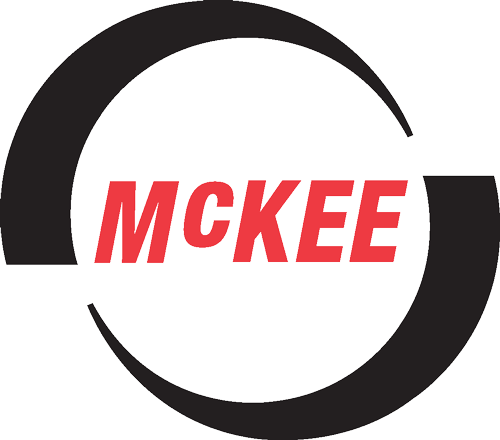The Differences Between AC and DC Electric Motors
July 8, 2019 9:57 pm Leave your thoughtsAC and DC electric motors in Lubbock, TX are both used for powering various types of machinery and equipment. But what are the differences between the two, and in which circumstances is one preferable to the other? Here’s some information to consider.
AC electric motors
AC electric motors in Lubbock, TX are frequently run by AC variable frequency drives. They work by applying an alternating current (AC) to the electric motor, which features several parts, including a rotor and stator.
The stator in an AC electric motor features coils that get powered with the alternating current to produce a rotating magnetic field. The motor, which rotates inside the motor’s coils, is also attached to an output shaft that creates torque by the rotating magnetic field.
It’s also worth noting that there are different types of AC electric motors, both of which have their own types of rotors. Induction motors (also referred to as asynchronous motors) use a magnetic field on the rotor created by an induced current.
Synchronous motors, meanwhile, rotate at the supply frequency, or can rotate on a sub-multiple of that frequency. Because these motors don’t rely on induction, they can operate with more precise supply frequency. The magnetic field on a synchronous motor is also generated by current that’s delivered through slip rings or a magnet that is permanently affixed in the system. These motors are able to run faster than induction motors because an asynchronous motor’s slipping reduces its running speed.
DC electric motors
DC electric motors in Lubbock, TX, meanwhile, get their power from direct current (DC) energy and are mechanically commutated. These motors feature a voltage-inducted rotating armature winding, as well as a non-rotating field frame winding that is either a permanent magnet or static field. The motors also feature different types of motor connections of the field and armature winding, which allows for different speed and torque controls and regulation.
In comparison to AC motors, DC electric motors offer better speed control within the winding, as they can change the voltage that gets applied to the DC motor armature or through adjustments to the field frame current.
The majority of DC electric motors you find on the market today have been designed to be controlled with industrial electronic DC drives. There are still DC electric motors being used in plenty of applications for manufacturing and milling all over the world.
In general, DC motors are best used in applications where there needs to be external control over the motor speed of the machine, whereas AC motors are best used in applications in which you need to maintain a steady level of power and performance over a more extended period of time. In addition, while all DC motors are single phase, AC motors can be up to three phase.
These are just a few of the most important characteristics and distinctions you’ll find between DC and AC electric motors in Lubbock, TX. For more information about these two types of machinery, we encourage you to contact M.B. McKee Company, Inc. today with your questions.
Categorised in: AC Electric Motors, DC Electric Motors
This post was written by Writer

